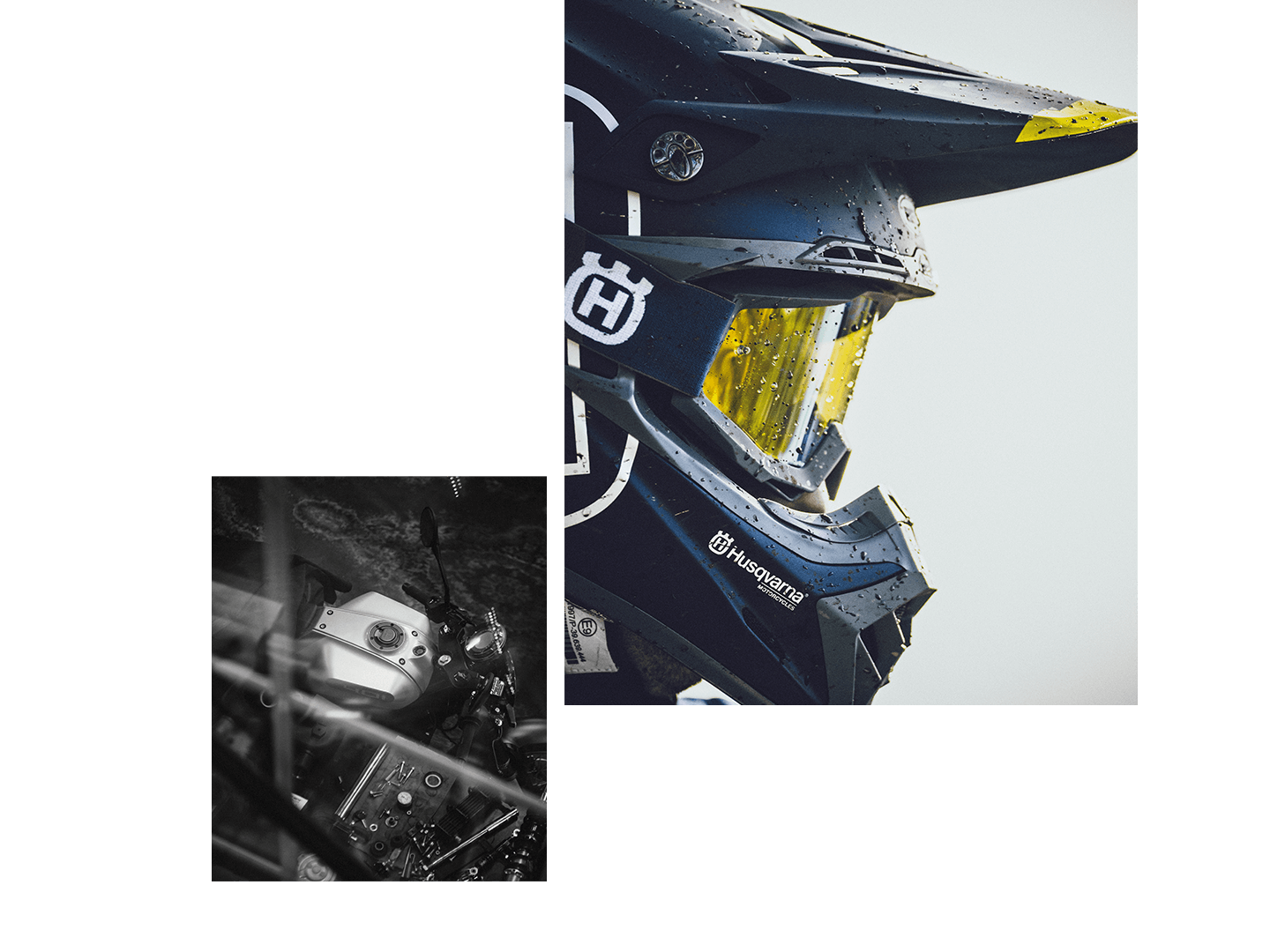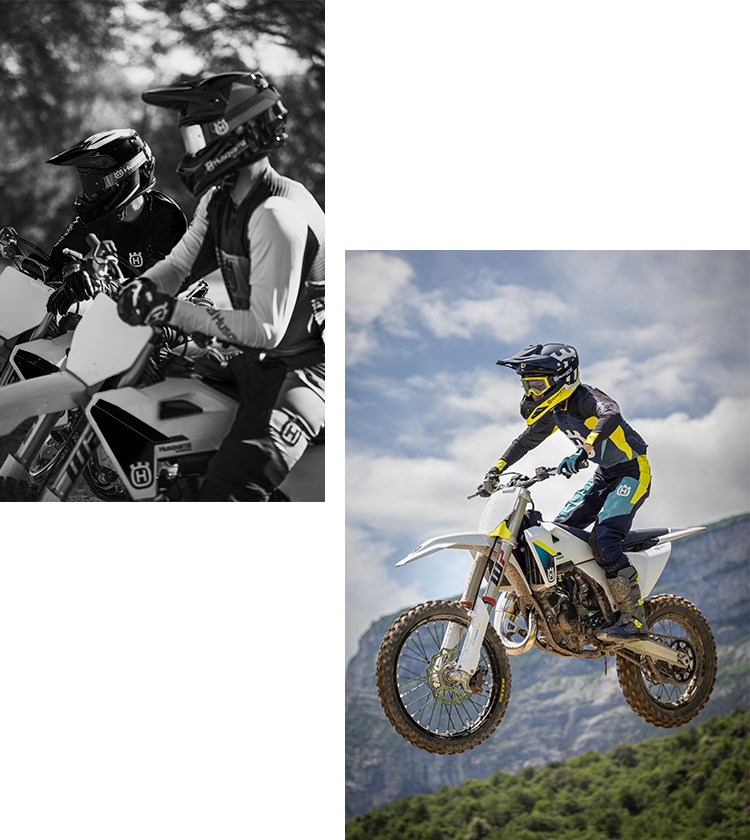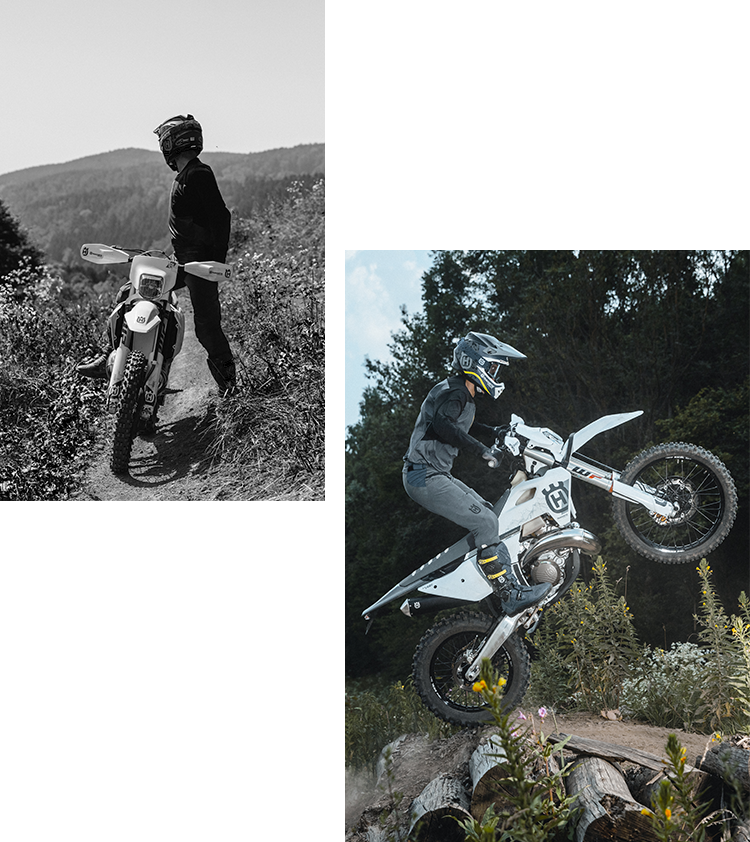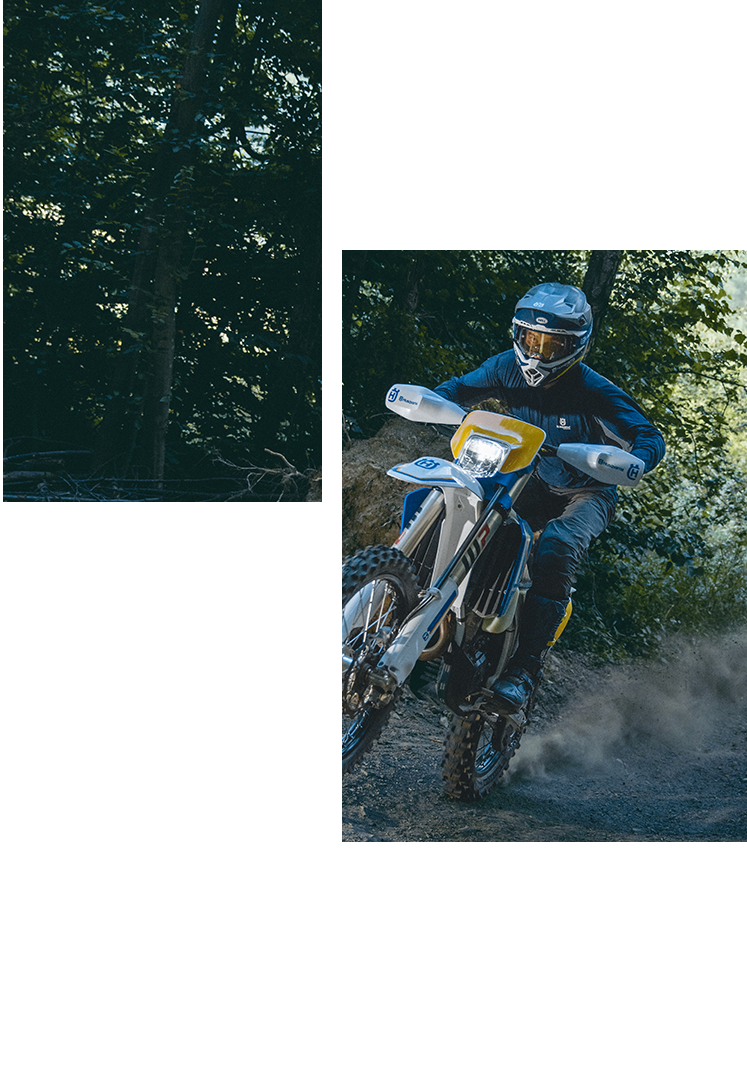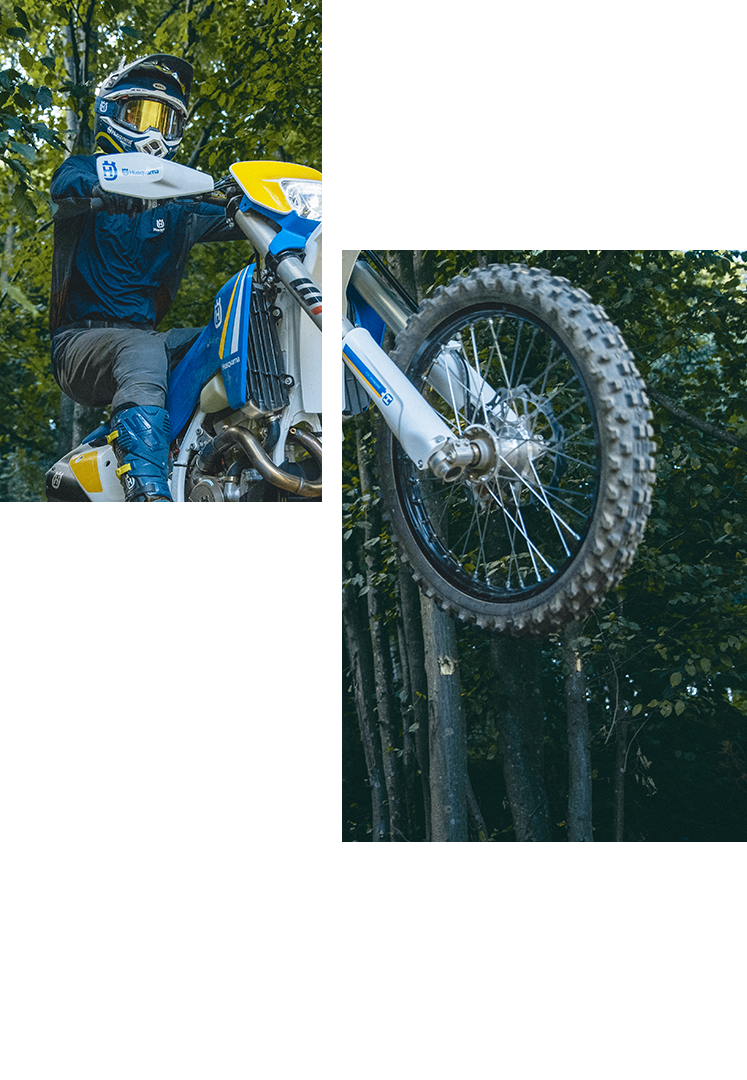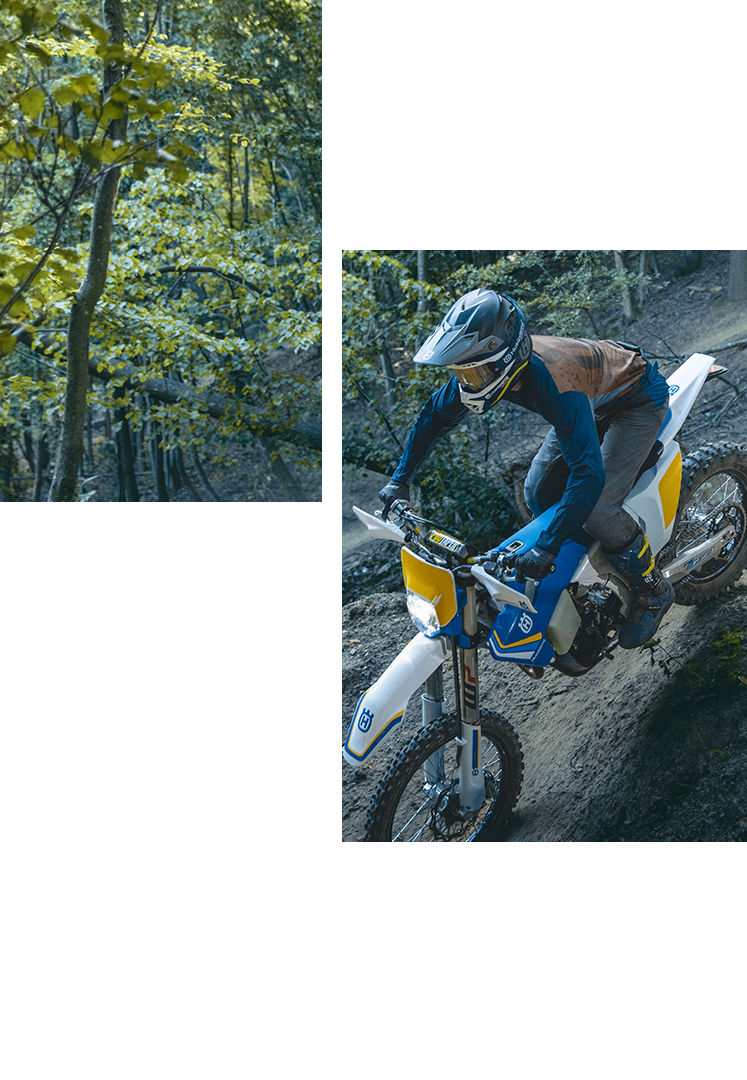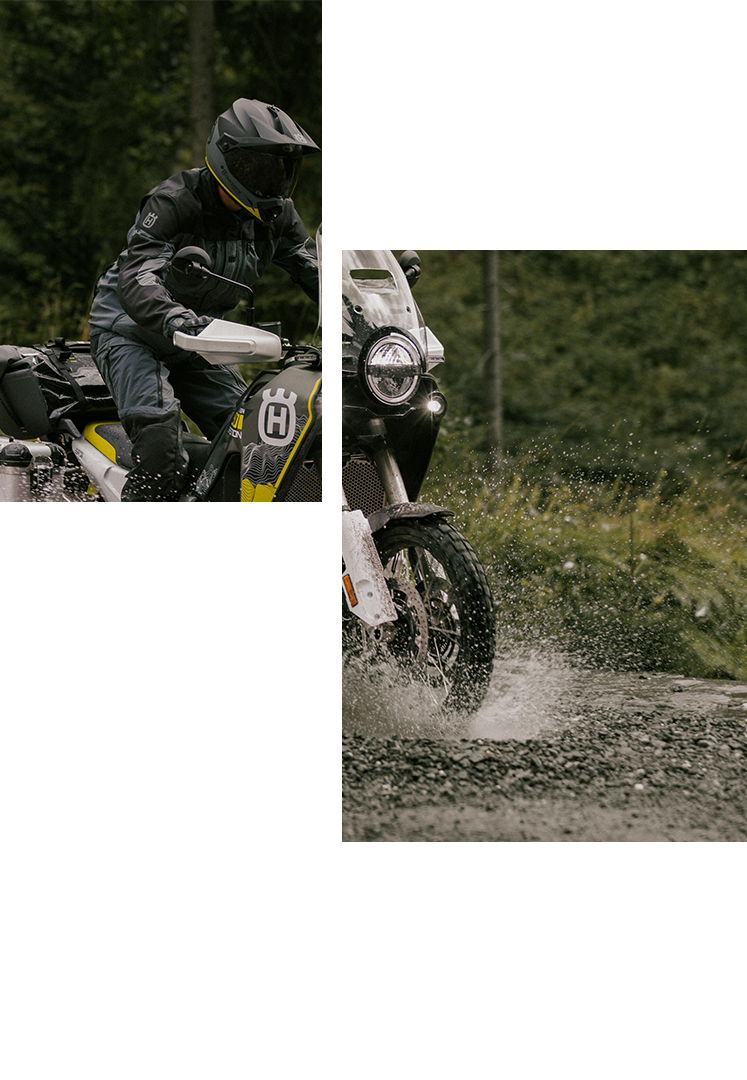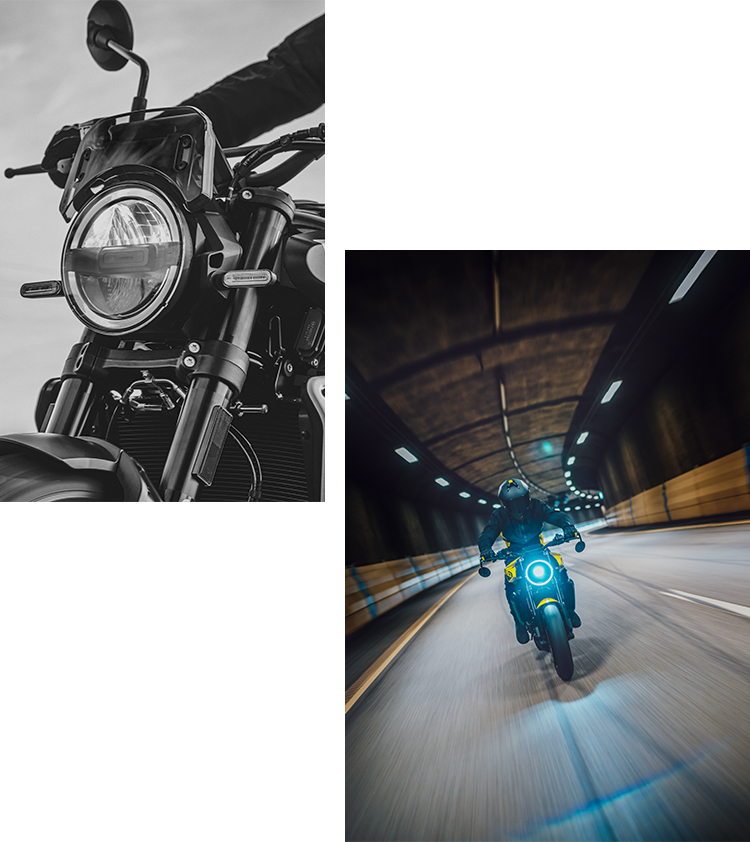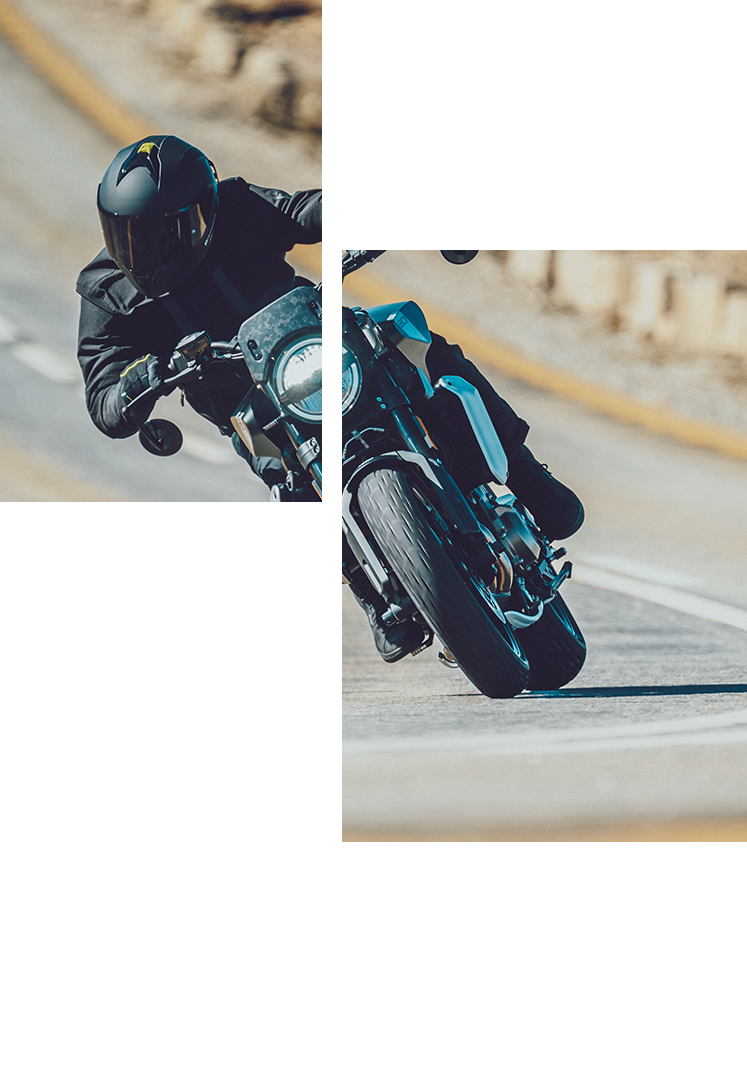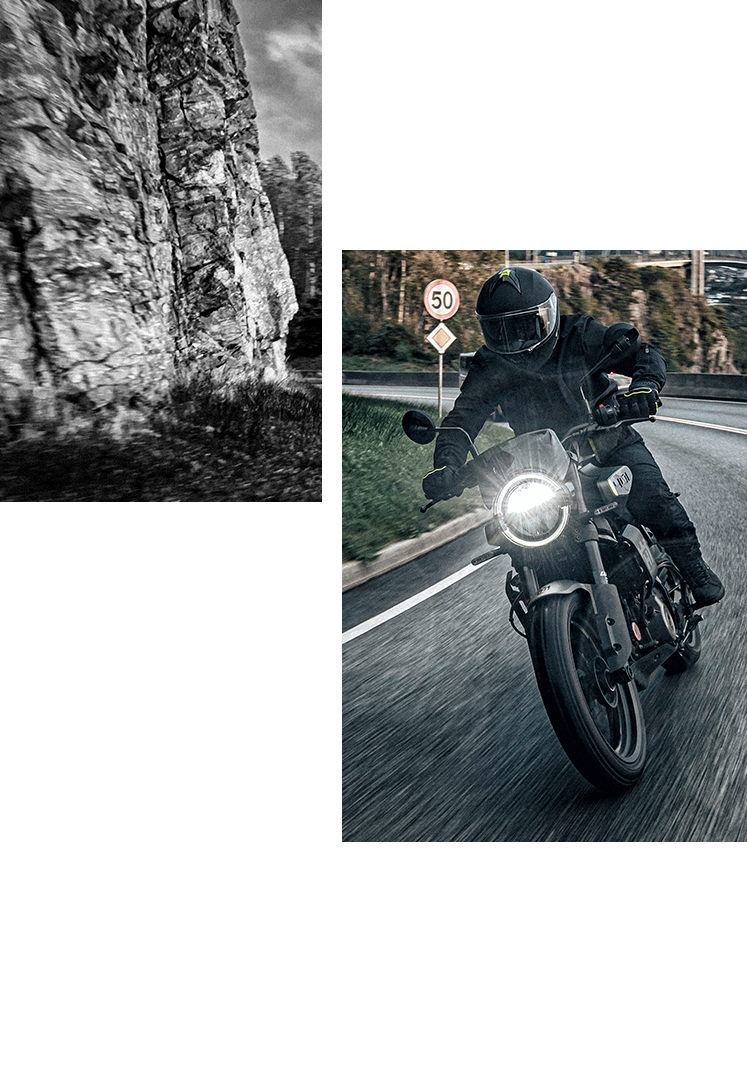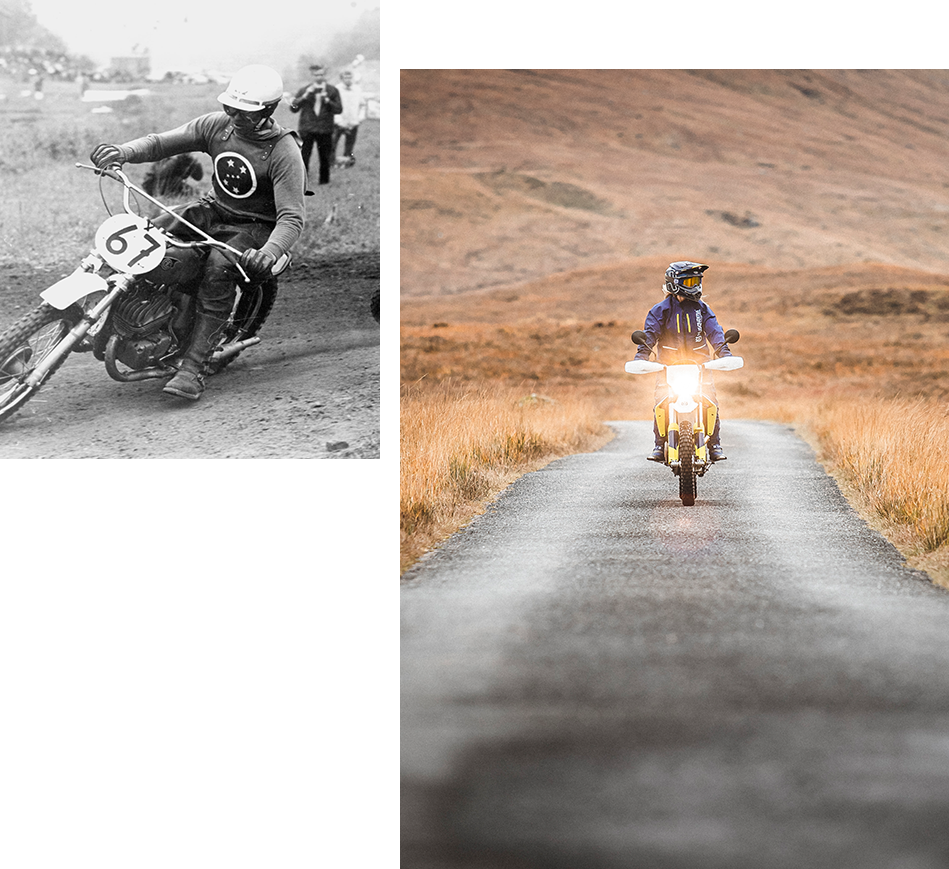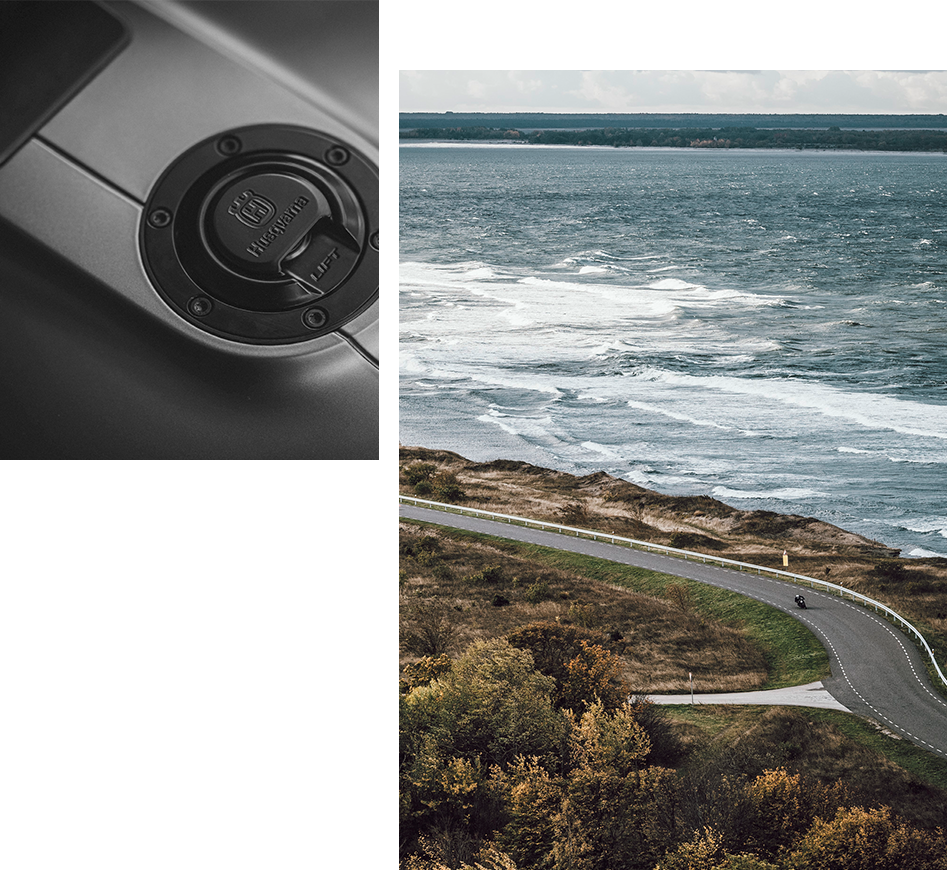Before you set off on a trip there must be many practicalities to take care of, the laborious administrative duties. Does sorting out all the pre-trip paperwork and life stuff help make the upcoming trip more real, allow you to start getting excited that it truly is about to happen?
“Preparing for a big journey takes time. That’s why we stopped working a month and a half prior to leaving. Paperwork is one thing: passports, carnets for the bikes (depending on the countries you want to visit), credit cards, yellow card and the accompanying vaccines. Every time we checked one of those items off our list, we would do a high five. This is not really our favourite part of the preparations, but it makes the trip more real – without passports, we wouldn’t be able to get very far, right? Way more exciting were the boxes that arrived on our doorstep: new helmets, boots, riding gear, a tent and very comfy sleeping bags. Then, of course, the bikes. After we picked them up, we both sat on them for maybe half an hour with huge smiles on our faces. We weren’t even riding; we were just getting to know our riding companions for the next years. Call it the start of a new relationship.”
Clearly, the decision to undertake your incredible journey wasn’t made lightly. What inspired you to do the trip?
Caroline: “Tom always travelled a lot, even as a teenager. He loved travelling without really knowing where he would spend the night or where he would go the next day. When we first met, he had just returned from a two-month trip to South America. He would talk about it for hours with so much passion. I was definitely tempted, and it didn’t take long for me to realise I wanted to join him on his next trip. ‘No problem, but you will have to ride your own bike,’ he said. So, we got my first bike, I passed my riding licence and we left on a one-month journey from Belgium to the south of Jordan and back. Obviously, I lacked experience and after 11,000 km I was totally exhausted. But I had the time of my life. This was it. I had finally found my thing and had the taste for more. Over the next few years, we undertook trips to South Africa and Namibia, to Iran, to Iceland, to Morocco. I really got the hang of it. But the more we travelled, the more we struggled to go back home. We would finish one trip and immediately start planning the next one. Then, one day, on a sunny terrace in Lille, Tom popped the question: ‘What would you think about leaving for a longer period? Like… five years or so?’ He was rather surprised by my answer: ‘Now that’s a great idea! When do you want to leave?’ From that day on we started dreaming and planning, and the first stretch of our trip was the two-year adventure from 2016 to 2018. Now we’re going to embark on the next three years of our five-year plan.”
Did you know exactly where you wanted to go, or did you take things one country at a time? Talk us through the decision-making process that helped you decide where you would head next. How has that influenced your plans for the upcoming trip?
“When you leave on a one-month trip, it’s easy to plan ahead. What sights do you want to visit, which routes can you take, where can you camp, or stay in a hostel or cheap hotel?
That is not an option when travelling for several years. In 2016, we left Belgium and planned to ride to Morocco in a straight line. It would take us a day or three, maybe four, to get there. But because of torrential rains and freezing temperatures all over Europe, we zigzagged for a full two weeks before taking the ferry across the Mediterranean. That was a real eye-opener; we would have to take it easy at times. So we lived from day to day, following a rough direction. Some places could not be skipped, because we needed to arrange visas for the next country for example, or there was a must-see tourist destination. But most of the time, we would look at the map over breakfast, then decide what route we would take and where we would spend the night."
